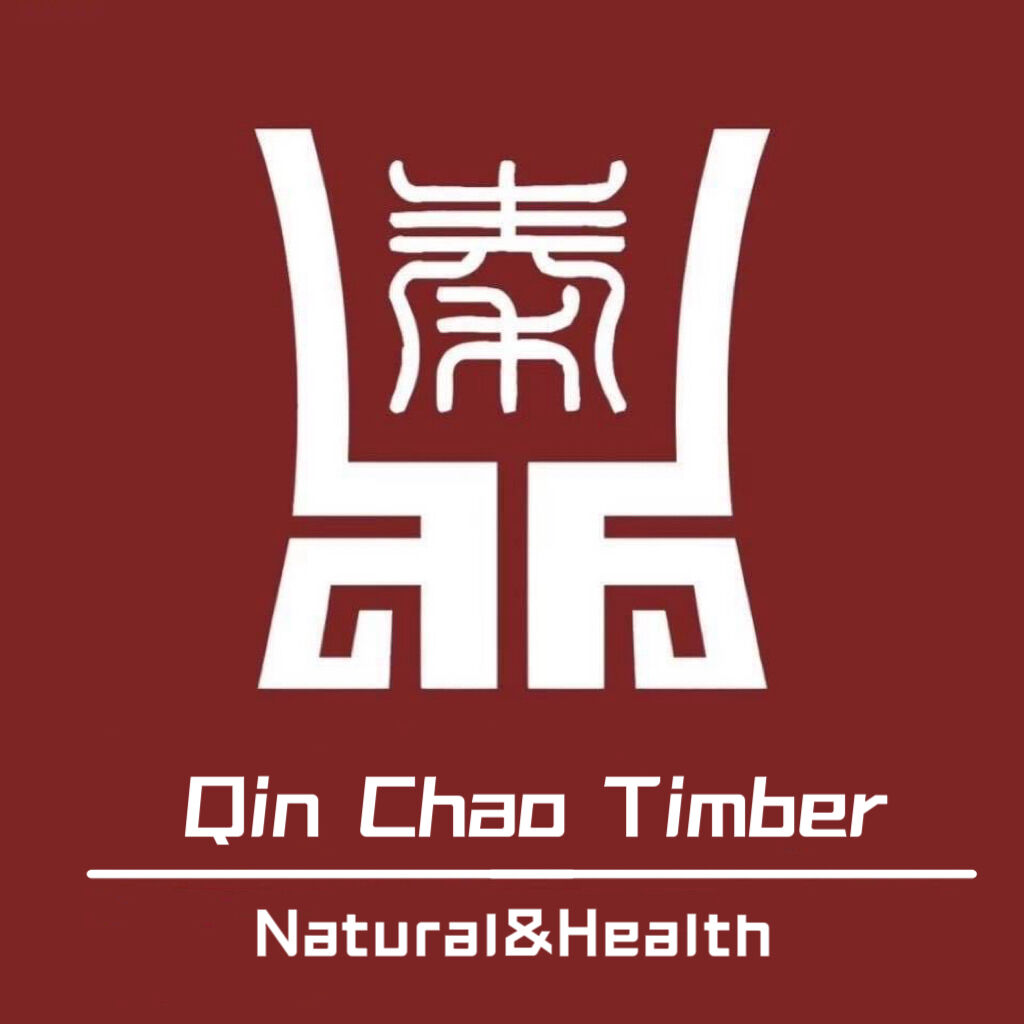Durability and Decay Resistance of Thermally Modified Ash
How Thermal Modification Enhances Decay and Insect Resistance
When we heat ash wood between around 380 to 410 degrees Fahrenheit without adding any chemicals, something interesting happens to its internal structure. The heat basically changes how the wood cells are arranged. What this does is get rid of those sugary compounds that bugs love so much, and makes the wood absorb less moisture too. Tests show it cuts moisture uptake by somewhere between 40 and 60 percent according to research from Forest Products Lab back in 2023. That means fungus won't grow on it as easily, and those pesky wood borers stay away. After treatment, the wood gets rated as Class 1 durable, which puts it right up there with expensive tropical hardwoods such as ipe. And when it comes to hardness? Thermal modified ash scores about 1,320 on the Janka scale. For comparison, regular pressure treated pine only hits around 1,050. Pretty impressive for something that started out just looking like ordinary ash.
| Property | Thermally Modified Ash | Untreated Ash | Pressure-Treated Pine |
|---|---|---|---|
| Decay Resistance (ASTM D2017) | Class 1 (25+ years) | Class 5 (<5 years) | Class 2 (15–20 years) |
| Termite Resistance | Highly resistant | Vulnerable | Moderate resistance |
Lifespan Comparison With Untreated Wood and Real-World Performance Data
Regular ash decking tends to break down after about 5 to 7 years when left outside, but thermal modification changes things completely. Studies from 2024 looking at real world installations along Floridas coast and in mountain resorts show that treated ash can last well beyond 25 years without losing strength. The numbers get even more interesting when we look at replacement costs. Research by the Ponemon Institute in 2023 revealed something pretty significant: replacing standard wood decks costs around $740,000 for every 10,000 square feet over two decades. Thermal modified ash brings this down to just $210,000. That means saving roughly three quarters of what would otherwise be spent on regular wood replacements over time.
Dimensional Stability and Structural Performance in Outdoor Conditions
Resistance to Warping, Checking, and Splitting Under Moisture Fluctuations
When wood undergoes thermal modification, ash wood becomes much more dimensionally stable because the process cuts down on its ability to absorb moisture by about half. This happens when the wood is heated to very high temperatures as described in research published last year in Frontiers in Materials. What actually changes is the hemicellulose content breaking down during this heat treatment. Less moisture gets absorbed into the wood fibers, so there's not as much expansion and contraction when humidity levels change around it. Some real world testing supports this claim too. Looking at deck installations along coastlines back in 2023, researchers found that thermally treated ash boards moved seasonally only about 70 percent less than regular untreated wood. And after sitting out there for three whole years, none of those boards showed any cracks or splits either, which is pretty impressive considering how harsh salt air can be on materials over time.
This stabilized cell structure resists stress fractures, making it ideal for regions with frequent wet-dry cycles.
Long-Term Structural Integrity in High-Traffic and Exposed Environments
In high-traffic applications such as public boardwalks, thermally modified ash retains 90–95% of its load-bearing capacity after five years under accelerated wear testing simulating over a decade of pedestrian use. Its density increases by 15–20% post-treatment, offering better resistance to surface indentation than cedar or redwood in ASTM D7032 impact tests.
Unidirectional thermal modification aligns lignin polymers along the grain, enhancing resistance to lateral forces. When installed with proper ventilation and fastener spacing, deflection rates are 40% lower than conventional hardwoods in cantilevered deck sections.
Wear Resistance and Real-World Performance in High-Traffic Areas
Case Studies: Thermally Modified Ash in Public Walkways and Commercial Decks
Researchers tracked how thermally treated ash performs in coastal boardwalks over three years and found it wore down just under 1.2mm even with more than 15,000 people walking across every day. That kind of durability puts it on par with cumaru wood, which is known for being tough stuff. Cities in Scandinavia have been putting this material in ferry terminals too. After five years out there, most of these decks still hold up at around 87% of their original strength. The only real upkeep needed? A quick clean once a year. Pretty impressive when we think about all the feet pounding against them plus bags rolling over the surface constantly. No wonder so few splinters come loose from these installations.
Surface Hardness and Wear Tolerance of Thermally Modified Ash Decking
Thermal modification increases ash’s Janka hardness from 1,320 lbf to 1,540 lbf, exceeding white oak’s 1,360 lbf. This enhanced surface density significantly improves wear resistance:
- Heel indentation measures 0.15mm vs. 0.28mm in untreated ash under ASTM D1037
- Mass loss after 10,000 Taber cycles is 12%, compared to 22% in untreated samples
Field data from restaurant decks show 92% of thermally modified ash boards maintain Class A slip resistance after three years of commercial use, versus 68% for pressure-treated pine under similar conditions.
Weathering, UV Resistance, and Aesthetic Longevity
Color Stability and Surface Degradation Under Prolonged UV Exposure
Ash wood that's been thermally treated fades only about 72% slower compared to regular hardwood when put through 2,000 hours of simulated outdoor conditions (Material Stability Institute 2023). What happens during this process is pretty interesting actually the heat creates these stable polymer structures on the wood surface that just don't break down easily under sunlight exposure. That means furniture made from this stuff stays looking good even in places where the sun beats down all day long. Traditional wood finishes need touching up every year or so, but with this kind of modification, homeowners can expect their decks and outdoor furniture to stay looking fresh for much longer periods. Some research into UV resistant materials suggests maintenance requirements drop somewhere between 60 to 80% over ten years, which makes sense given how durable these treated woods seem to be.
Natural Weathering Behavior in Outdoor Settings
Looking at 14 different coastal installations shows that when ash wood gets thermally treated, it tends to develop this nice uniform silvery gray color within around 18 to 24 months. We haven't seen any structural problems like checking or splintering after five whole years either. The way this wood ages is really different from regular untreated ash. Untreated samples showed about three times as much surface cracking in similar conditions. Studies have shown these modified boards can handle big changes in moisture levels too. They stay balanced even when humidity swings reach 85%, which makes them ideal for deck surfaces near swimming pools or along waterfront properties where moisture control is always a concern.
Thermally Modified Ash vs. Ipe: A Sustainable Alternative for Outdoor Decking?
Performance Comparison with Tropical Hardwoods Like Ipe
Thermally modified ash matches ipe in compressive strength (12,500 psi) and outperforms it in dimensional stability, showing 34% less movement in simulated monsoon conditions. Its equilibrium moisture content drops below 6% after treatment, reducing warping in humid climates. Despite this, it weighs 18% less than ipe, facilitating easier handling and installation.
Cost Effectiveness and Sustainability Advantages of Thermo Ash
Thermally modified ash comes from right here in North America, so it cuts down on those environmental impacts and headaches associated with shipping in tropical hardwoods from across the globe. When we look at the big picture of supply chains, thermo-ash decking actually ends up costing around 25 to 40 percent less than ipe wood if we factor in all the maintenance work and eventual replacements needed over roughly 25 years. And let's not forget that ipe is currently protected under CITES Appendix II because forests are getting stripped bare. That makes thermally modified ash an excellent choice for anyone looking for something that carries FSC certification too. Plus, it still ticks all the boxes for LEED standards while delivering solid performance characteristics that won't leave anyone disappointed.
Table of Contents
- Durability and Decay Resistance of Thermally Modified Ash
- Dimensional Stability and Structural Performance in Outdoor Conditions
- Wear Resistance and Real-World Performance in High-Traffic Areas
- Weathering, UV Resistance, and Aesthetic Longevity
- Thermally Modified Ash vs. Ipe: A Sustainable Alternative for Outdoor Decking?


 Products
Products